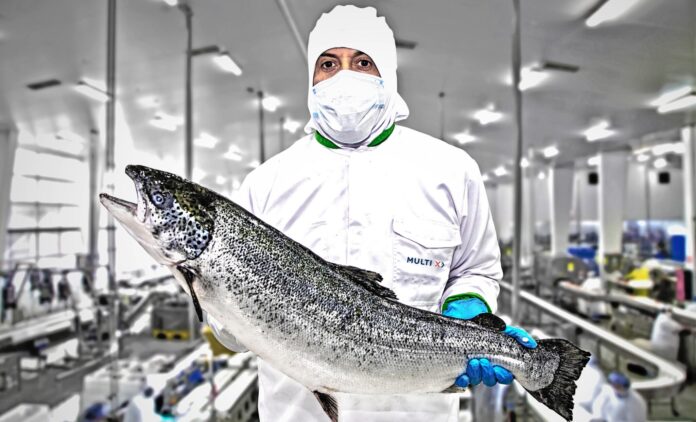In 2022, for the first time in history, aquaculture surpassed capture fisheries as the main producer of aquatic animals says report.
World fisheries and aquaculture production has hit a new high, with aquaculture production of aquatic animals surpassing capture fisheries for the first time, according to a new report from the Food and Agriculture Organization of the United Nations (FAO) released today.
The new edition of The State of World Fisheries and Aquaculture (SOFIA) reported that in 2022, for the first time in history, aquaculture surpassed capture fisheries as the main producer of aquatic animals. Global aquaculture production reached an unprecedented 130.9 million tonnes, of which 94.4 million tonnes are aquatic animals, 51 percent of the total aquatic animal production.
FAO Director-General QU Dongyu stated, “FAO welcomes the significant achievements thus far, but further transformative and adaptive actions are needed to strengthen the efficiency, inclusiveness, resilience and sustainability of aquatic food systems and consolidate their role in addressing food insecurity, poverty alleviation, and sustainable governance. That’s why FAO advocates Blue Transformation, to meet the overall requirements of better production, better nutrition, a better environment, and a better life, leaving no one behind.”
Global consumption of aquatic foods continues to rise, with apparent consumption reaching 162.5 million tons in 2021, according to the report. This increase has outpaced population growth, with per capita annual consumption rising from 9.1 kg in 1961 to 20.7 kg in 2022.
The majority of aquatic animal production is used for direct human consumption, highlighting its critical role in global food security.
While global capture fisheries production has remained stable, the sustainability of marine stocks is a growing concern. In 2021, 62.3 percent of marine stocks were fished within biologically sustainable levels, down from previous years. Effective fisheries management is crucial for reversing this declining trend.
Looking ahead, FAO projects a 10 percent increase in aquatic animal production by 2032, reaching 205 million tons. This will be driven by both aquaculture expansion and recovery in capture fisheries. Apparent consumption is expected to rise by 12 percent, with an average of 21.3 kg per capita by 2032. However, Africa may see a decline in per capita consumption due to production not keeping pace with population growth.
Employment in the fisheries and aquaculture sector remains significant, with 61.8 million people employed in 2022, down from 62.8 million in 2020. Women represent 24 percent of the overall workforce but 62 percent in processing. Gender inequality issues, including wage differences and lack of recognition, persist in the sector.

